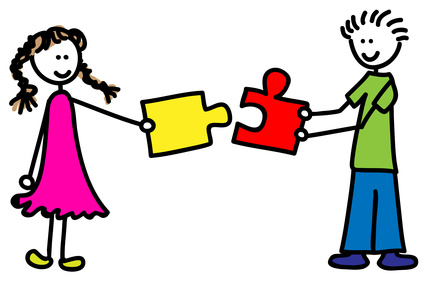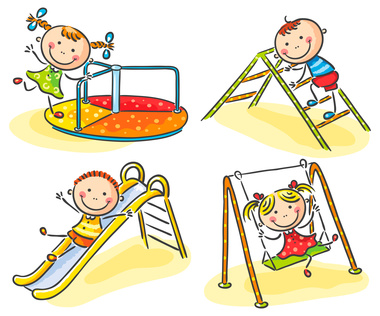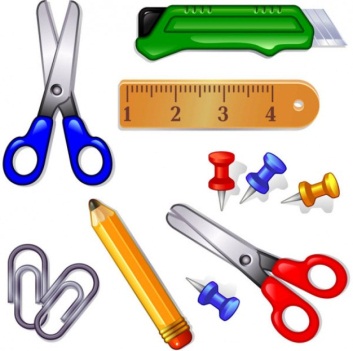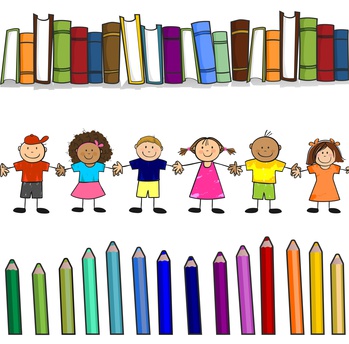Chomsky's theory of language development
Language development
Babies make sounds and talk even though there is no one around. Sometimes we see children take delight in making up nonsense words. So how did they learn to produce sounds and words?Well according to the famous linguist Noam Chomsky, humans are biologically programmed to learn, speak and understand language. He proposed that babies are born with an internal mechanism called LAD (Language Acquisition Device) which holds the grammatical rules for developing language, however babies and children will need stimulation to activate the LAD and as they mature they will need to acquire vocabulary to communicate effectively.
Evidence to support Chomsky's theory :
- Children have been observed to pick up grammar and syntax (rules of grammar governing how words and sentences are combined) without being taught vocally.
- Children apply rules of grammar as 'how to make a past tense', without ever being taught.
- Even before children learn to speak in full sentence, they always have the structure of a sentence in the correct order: a subject, verb and object. E.g. When mummy going shop, Sammy kicking ball or cat drinking milk.
- Incorrect use of plurals show that children are applying the general rules, e.g. children tend to say foots instead of feet, fishes instead of fish, and mouses instead of mice.
- Incorrect use of past tense show that children applying the general rules, e.g daddy buyed me new toy, I blowed candle, I drawed a flower, teacher telled me to read.
Critical period for learning language
Linguist have suggested that children who are not exposed to language in the first 10 years of life would not be able to learn to speak.Evidence in support of this theory:
- Younger children learn a second language faster and effortlessly than the older children who are learning a second language at school; the older children lack the ability to acquire native-like fluency in the language.
- Studies of feral children reared in extreme isolation and and suffered severe deprivation struggle to acquire langually fully. For example, Genie was isolated from the real world, neglected and deprived of any form of stimulation and social interaction. Her tragic case came to light when Genie was 13 years old; past the critical period for learning language.
Genie was fostered and received support to help develop her language, but despite gaining some vocabulary, she could not speak sentences that were grammatically correct or use language meaningfully.
Click to read about Genie Genie (feral child)
Factors that inhibit language development:
- Lack of stimulation - not being spoken to, listened to or read to.- Deprivation and neglect as in the case of feral children who lived in isolation.
- Poor parenting skills.
- Lack of opportunity to practice.
- Disability such as visual and hearing impariment or learning difficulties.
- Genetic influence - autism, aspergus, specific learning impairment.
- Social deprivation or traumatic experience e.g. abused or tortured.
- English not first language.
- Injury to brain from accidents
Promoting language development in babies and children
- Provide stimulation - different sounds and voices music, puppets, talking doll, toys making sound.- Interact socially - talking to them, i.e. "its time to sleep" or "its time to tidy up"
- Singing nursery rhymes.
- Give praise when babies babble and when they try to communicate.
- Play word games.
- Speak clearly and use correct words; avoid talking like a baby.
- Correct children's mistakes.
- Expose children to new objects and materials and provide opportunities for experiencing new things.
- Extend vocabulary in older kids by reading stories or getting them to read.
- Show patience.
- Make eye contact and smile.
Stages of language development in children from birth to 5 years old
| Age and stage | Language and communication |
|---|---|
| Pre-linguistic stage 0-12 months |
Babies communicate by cooing, babbling, smiling
and making eye contact. Babies babble for amusement and can distinguish between human voices and sounds. One or more sounds are used repeatedly and are meaningful to them. |
| First words 1-2 years |
Holophrases (one word utterance) Learn words which are familiar Mam, juice, doggie, bath, ball |
| The first sentences 18 months-2 years onwards |
Telegraphic speech - from around 18
months to 2 years children start to combine
words into simple 2 word sentence. Examples: Go school, John cry, mum eat, give sweet, buy shoes |
| 2-3 year Language explosion |
Rapid development in language. Vocabulary expands at a fast rate and use of sentences increase. |
| 3-4 years Language explosion |
Vocabulary increases and
able to construct longer sentences. Make grammar mistakes, e.g. I drawed a tree, I sited on chair, or I eated. Learn to ask and repeat questions. |
| 4-5 year Fluency |
Basic skills of language mastered. Able to apply rules of grammar speak more fluently, but will make some mistakes in forming past tenses. |
Activity
Design an activity to promote language development in the following groups of children:- Partially hard of hearing
- Shy and lacks confidence
- Unable to speak English
References:
Chomsky, N. (1965) Aspects of the Theory of Syntax MIT press.
Saxton, M. (2017) Child Language Aquisition and development. SAGE Publications Ltd: London
Meggit, C.& Bruce, T (2014) Level 3 Early Years Educator. Hodder Education:London
Meggit C (2011) Level 3 Children & Young People's Workforce Certificate. Hodder Education: London
Tassoni et al (2014) Level 3 Early Year Educator. Pearson: Harlow Essex
Tassoni et al (2011) Level 3 Certificate for the Children and Young People's Workforce. Pearson: Harlow Essex






